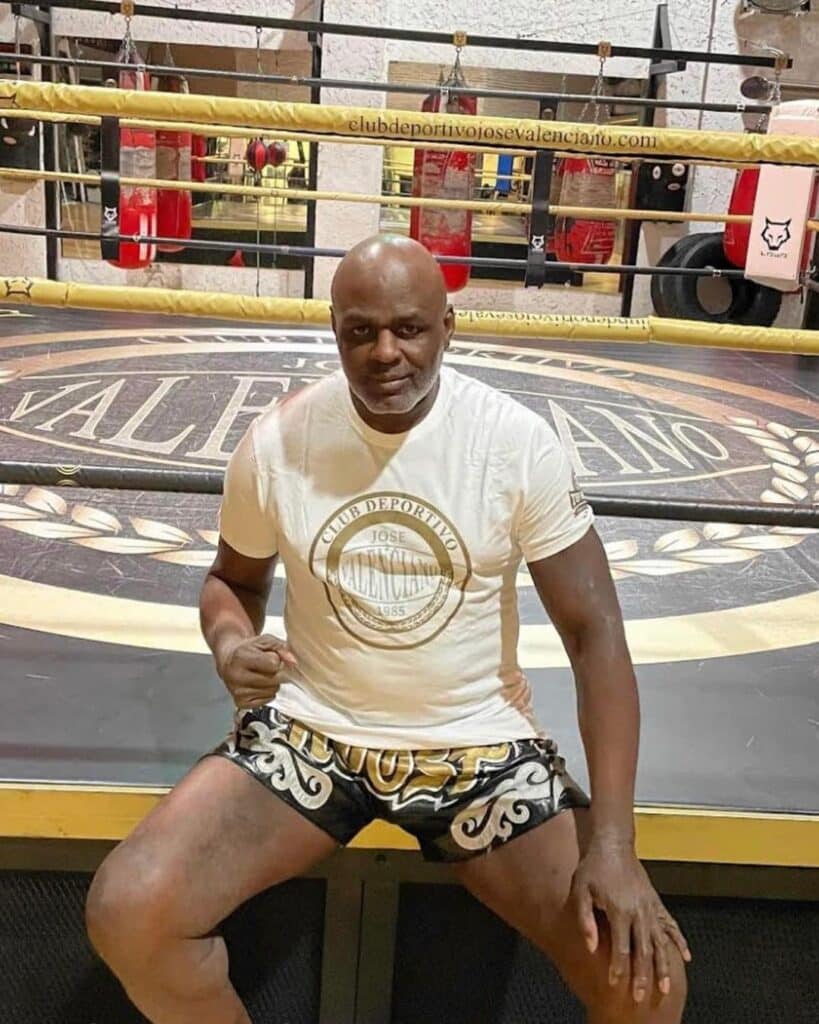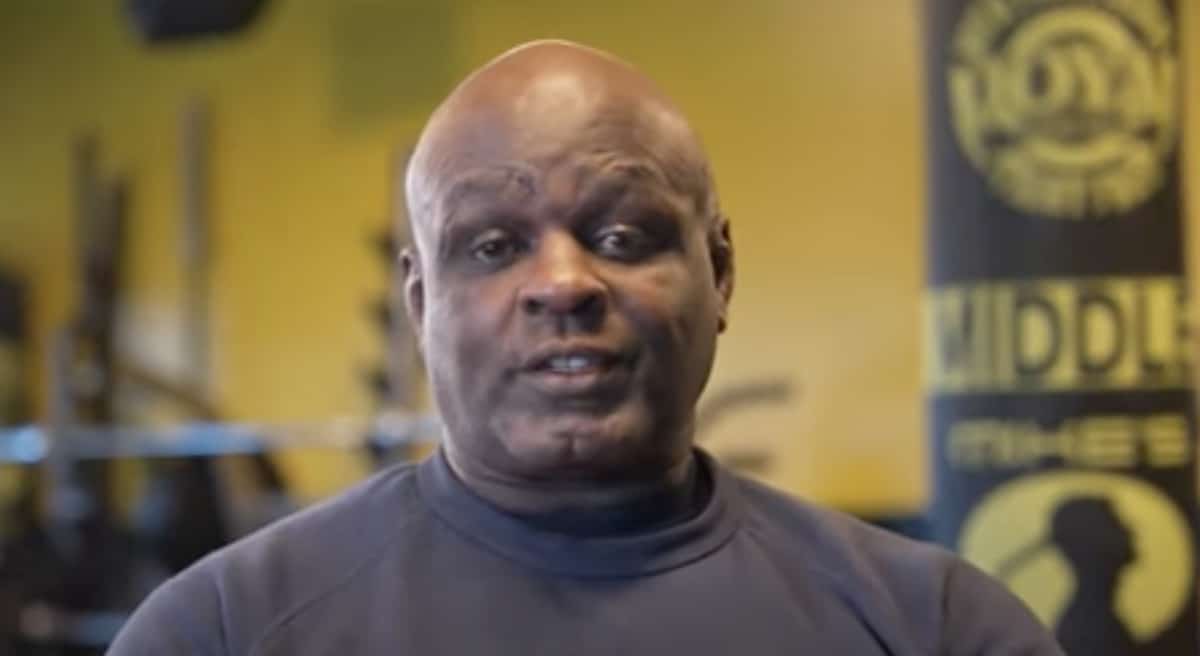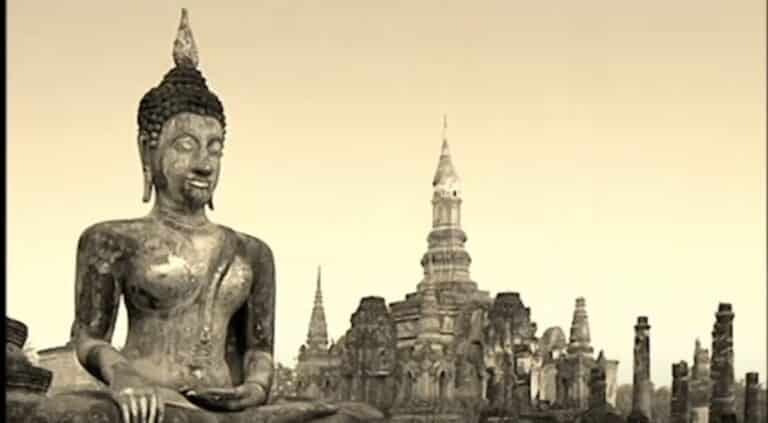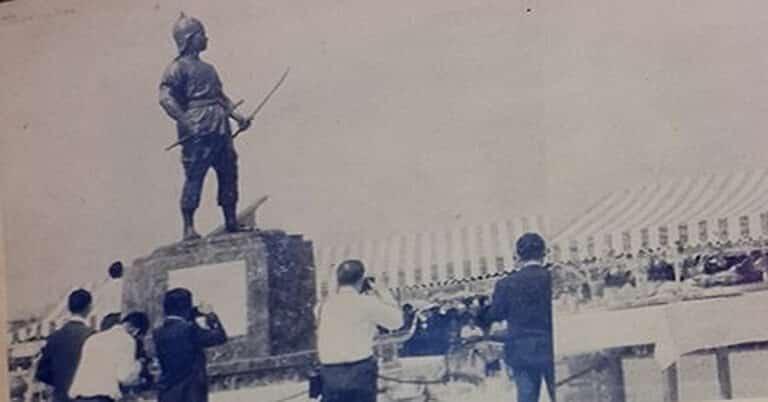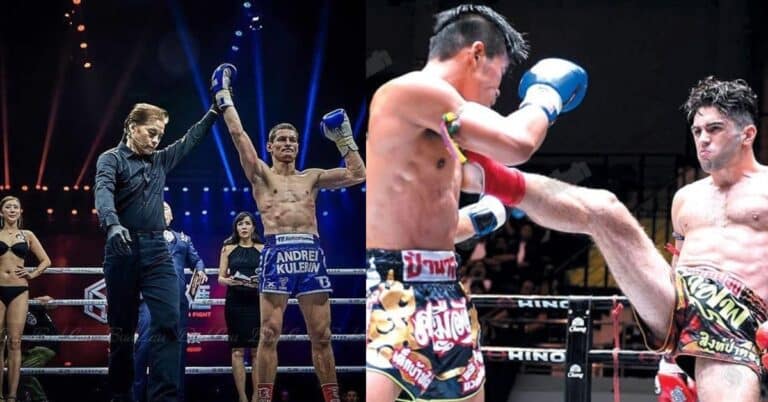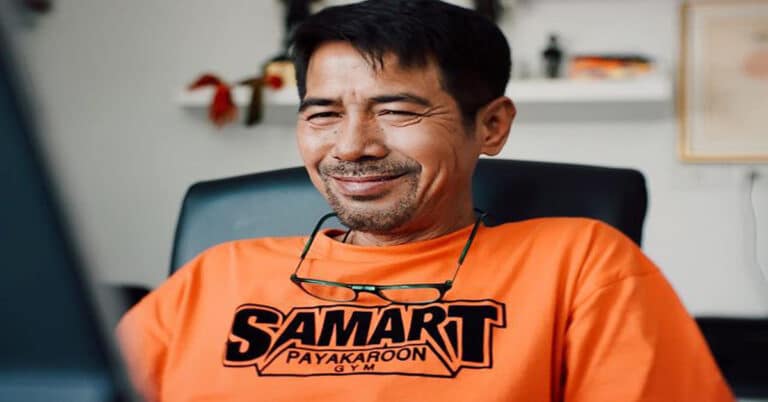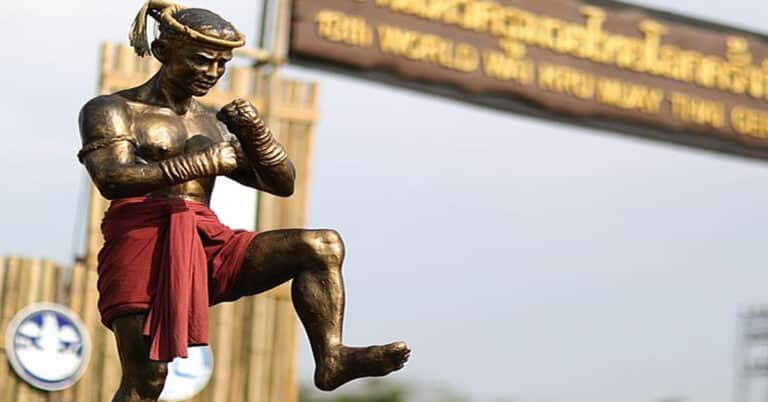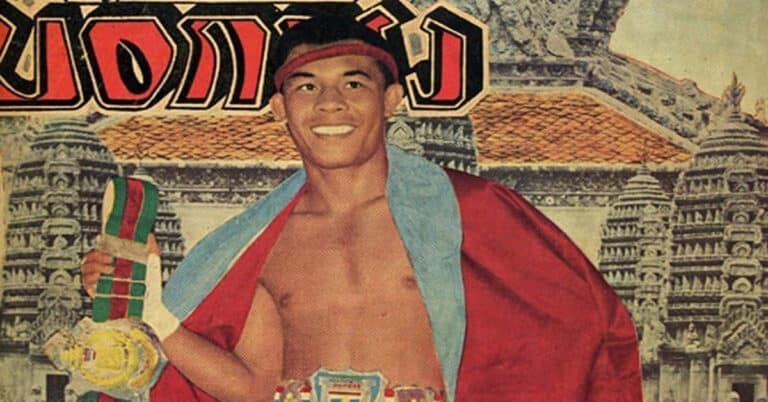Ernesto Hoost: Mr Perfect The Legendary Figure of Kickboxing
The Dutch-born Ernesto Hoost is one of the greatest combat sports athletes in history. This legendary figure has captured multiple world titles in K-1 Kickboxing, Muay Thai, and many other organizations. Hoosts’ fighting style helped develop the sport of kickboxing into the style we recognize today.
But Hoost had a little bit of help from Muay Thai and Kyokushin Karate. ‘Mr Perfect’ Hoost created an art of fighting that is largely recognized as Dutch-style kickboxing, which is still utilized to this day, this form of kickboxing was a combination of Influences.
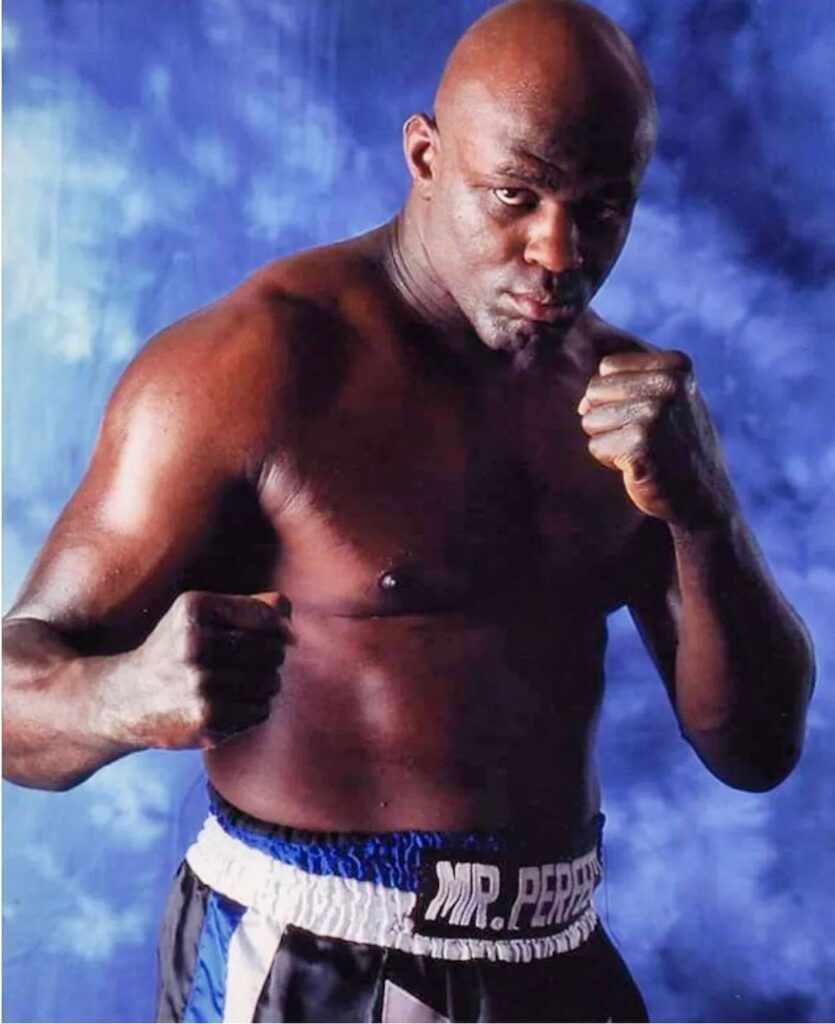
Ernesto Hoost Stats
| Name: | Ernesto Hoost |
| Date of Birth: | July 11, 1965 |
| Place of Birth: | Heemskerk, Netherlands |
| Nickname: | Mr Perfect |
| Gym: | Vos Gym |
| Height: | 1.89 m (6 ft 3 in) |
| Weight: | 108 kg (238 lb – 17 st 0 lb) |
| Weight Classes: | Heavyweight |
| Record(s): | 99- 21 – 1 |
| Years Active: | 1983 – 2006 |
| Championships: | Four K-1 Kickboxing World Titles, Multiple European Muay Thai Titles |
Who is Erensto Hoost?
Ernesto Hoost is a former professional kickboxer from the Netherlands, widely regarded as one of the greatest heavyweight kickboxers of all time. He was born on July 11, 1965, in Heemskerk, Netherlands. Hoost is known for his exceptional technique, power, and longevity in the sport.
He competed primarily in the K-1 organization, which is a renowned kickboxing promotion that featured some of the world’s top fighters. Hoost had a highly successful career in K-1, winning the K-1 World Grand Prix championship four times: in 1997, 1999, 2000, and 2002. He is also famous for his rivalry with fellow Dutch kickboxer Peter Aerts, with whom he had several memorable fights.
Ernesto Hoost’s fighting style combined powerful low kicks, sharp boxing skills, and a strategic approach to the sport. He was known for his strong work ethic and dedication to training, which contributed to his sustained success over many years.
After retiring from competitive kickboxing, Hoost has been involved in coaching and mentoring young fighters. He’s also participated in commentary and analysis for kickboxing events. Hoost’s legacy in the world of kickboxing remains prominent, and he is celebrated for his contributions to the sport’s growth and popularity.
Golden Age
Ernesto Hoost competed in combat sports during the golden age of kickboxing. This was an era of the late 90s to early 2000s in which K-1 Kickboxing and PRIDE FC were the biggest shows on earth. This is also named the combat sports boom period of Japan.
The “Golden Age” of kickboxing refers to a period in the sport’s history when it experienced significant growth, popularity, and the emergence of legendary fighters. This era is generally considered to have occurred during the late 90s to early 2000s, particularly in Japan where the K-1 organization played a pivotal role in elevating kickboxing to a global audience.
The Golden Age produced a plethora of legendary kickboxers who became household names. Fighters like Ernesto Hoost, Peter Aerts, Semmy Schilt, Remy Bonjasky, Andy Hug, and more achieved fame and success during this period. These athletes had unique fighting styles and engaged in thrilling battles that captivated fans.
The sport saw advancements in technique and strategy during this era. Fighters developed more refined techniques, including devastating low kicks, powerful punches, and strategic clinching. This era marked the rise of fighters who combined multiple martial arts styles, leading to more versatile and dynamic matches.
The Golden Age saw the sport’s expansion beyond its traditional base, particularly in Japan and the Netherlands. K-1 events were broadcast worldwide, introducing kickboxing to new audiences and fostering a global fan base.
The K-1 World Grand Prix tournaments, held annually, were among the most prestigious and exciting events in kickboxing. These tournaments featured elite fighters competing in a single-elimination format, leading to intense matchups and thrilling knockouts.
The Golden Age was marked by intense rivalries between top fighters, such as Ernesto Hoost vs. Aerts and Bonjasky vs. Aerts. These rivalries added drama and excitement to the sport, and many of these matchups are still discussed and celebrated among kickboxing fans.
Kickboxing gained recognition as a legitimate combat sport during this era, influencing popular culture and media. The sport’s dynamic and action-packed nature attracted attention and contributed to its rise in popularity.
While the Golden Age of kickboxing may be most associated with the late 90s to early 2000s, the sport continues to evolve and thrive in the present day. New generations of fighters have built upon the foundations laid during this era, and kickboxing remains a respected and exciting combat sport with a dedicated fan base worldwide.
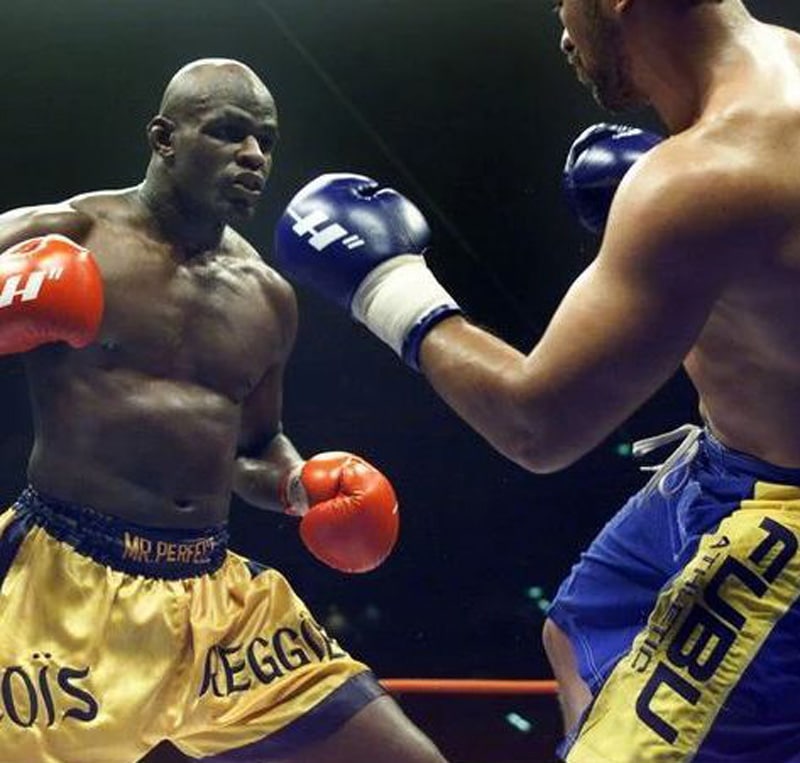
Muay Thai, Savate, and Karate Combination: Hoost & K-1
While Mr. Perfect Ernesto Hoost was one of the greatest kickboxers to ever live, it was his combination of styles that made him stand out. Kickboxing in the late 80s was all over the place with varying different styles.
Varying styles of kickboxing included Full Contact Kickboxing, an American based kickboxing style that did not allow leg kicks. Also, French Savate, which specializes in using the feet for both offensive and defensive techniques. Savate practitioners wear specialized shoes to enhance their kicking techniques. Of course, we must mention Kyokishin Karate which focuses on kicks and punches to the chest. Additionally, Muay Thai is the celebrated ‘Art of 8 Limbs‘ which allows clinching, throws, sweeps, and attacks with punches, kicks, knees, and elbows.
At this point, in the late 80s, K-1 Kickboxing did not yet exist. K-1 Kickboxing rules is largely what organizations use today as the standard default ruleset, but it was not always this way. There are varying types of kickboxing, as noted above.
Ernesto Hoost was a fighter who competed in all forms of kickboxing. He had collected world titles in American Full Contact Kickboxing, European Muay Thai, French Savate. In addition, his coaches, Johan Vos and Jan Plas, were among the founders of Kyokishin Karate. Mr. Perfect Ernesto Hoost fighting style became a combination of all these factors and different types of kickboxing.
When K-1 Kickboxing was introduced in 1993, it was designed as a combination of various striking techniques from different martial arts disciplines. The “K” in K-1 stands for “Karate,” or “Kung Fu” and the concept behind K-1 was to create a combat sport that allowed fighters from different backgrounds, such as karate, kickboxing, Muay Thai, and other striking arts, to compete against each other using their respective techniques.
K-1 Kickboxing integrated elements of traditional kickboxing and Muay Thai with a focus on exciting and dynamic fights. The ruleset of K-1 allowed for a wide range of striking techniques, including punches, kicks, knees, and clinching, but no elbows. This combination of techniques from multiple martial arts styles contributed to the fast-paced and action-packed nature of K-1 fights, distinguishing it from other combat sports and helping to elevate its popularity on the global stage.
The very first K-1 Grand Prix had competitors representing different forms of fighting. This included fighters who had impressive experience in Karate, Taekwondo, Judo, Boxing, American Kickboxing, Muay Thai, among others.
Ernesto Hoost and K-1 were both a melding of various styles and influences. Both of these entities created something unique due to the multiple influences pushed upon each item. K-1 Kickboxing created a unique fighting style whose rules are now considered the default normal rules of kickboxing. Meanwhile, Ernesto Hoost was a combination of styles that created the form of fight known as Dutch Kickboxing. Dutch Kickboxing is the most popular style of kickboxing. This style of fighting has athlete competing in every combat sport including Muay Thai, Kickboxing, Karate, and MMA.
Mr. Perfect, Ernesto Hoost himself discussed the combination of factors that helped create his style and K-1 Kickboxing. In a recent interview, Hoost said:
“Kickboxing itself originated as a development of Japanese martial arts, and specifically Japanese Kickboxing K-1, because this is exactly what was created as a symbiosis of Kyokushin karate and Muay Thai. Kyokushin and Muay Thai have their own deep traditions, these are great advantages in terms of educating the younger generation. And the rules of K-1 allow for the most spectacular fights.”
Ernesto Hoost
Muay Thai is a traditional martial art and combat sport from Thailand. Also known as ‘The Art of Eight Limbs,’ Muay Thai emphasizes the use of fists, elbows, knees, and shins for striking, making it a highly versatile and effective striking style. It is known for its powerful techniques, clinching, and rigorous training regimen. Muay Thai has gained international recognition and is practised both as a self-defence discipline and a competitive sport, known for its dynamic and intense bouts.
Kickboxing and Muay Thai have each had many crossover stars. Buakaw was a Muay Thai fighter who became a legend in K-1 Kickboxing. While The Dutch-born Roman Dekkers was a kickboxer who earned several world titles in Muay Thai.
Without the influences of Muay Thai, modern kickboxing would not be where it is today. Among other styles such as Karate, Muay Thai played a vital role in creating the modern form of K-1 and Dutch-style kickboxing. The legacy of Kickboxing, Muay Thai, and Ernesto Hoost are still strong in this day and age.
The legacy of Ernesto Hoost is that of a legendary kickboxer and one of the sport’s all-time greats. Hoost’s remarkable skill, exceptional technique, and longevity in the ring have left an indelible mark on kickboxing. He is a four-time K-1 World Grand Prix champion, showcasing his dominance and versatility in the sport. Hoost’s fierce rivalries, notably with Peter Aerts, added drama and excitement to his fights, contributing to his iconic status. Beyond his achievements in the ring, Hoost’s dedication to coaching and mentoring new generations of fighters has further solidified his legacy as a respected figure in the kickboxing community.
